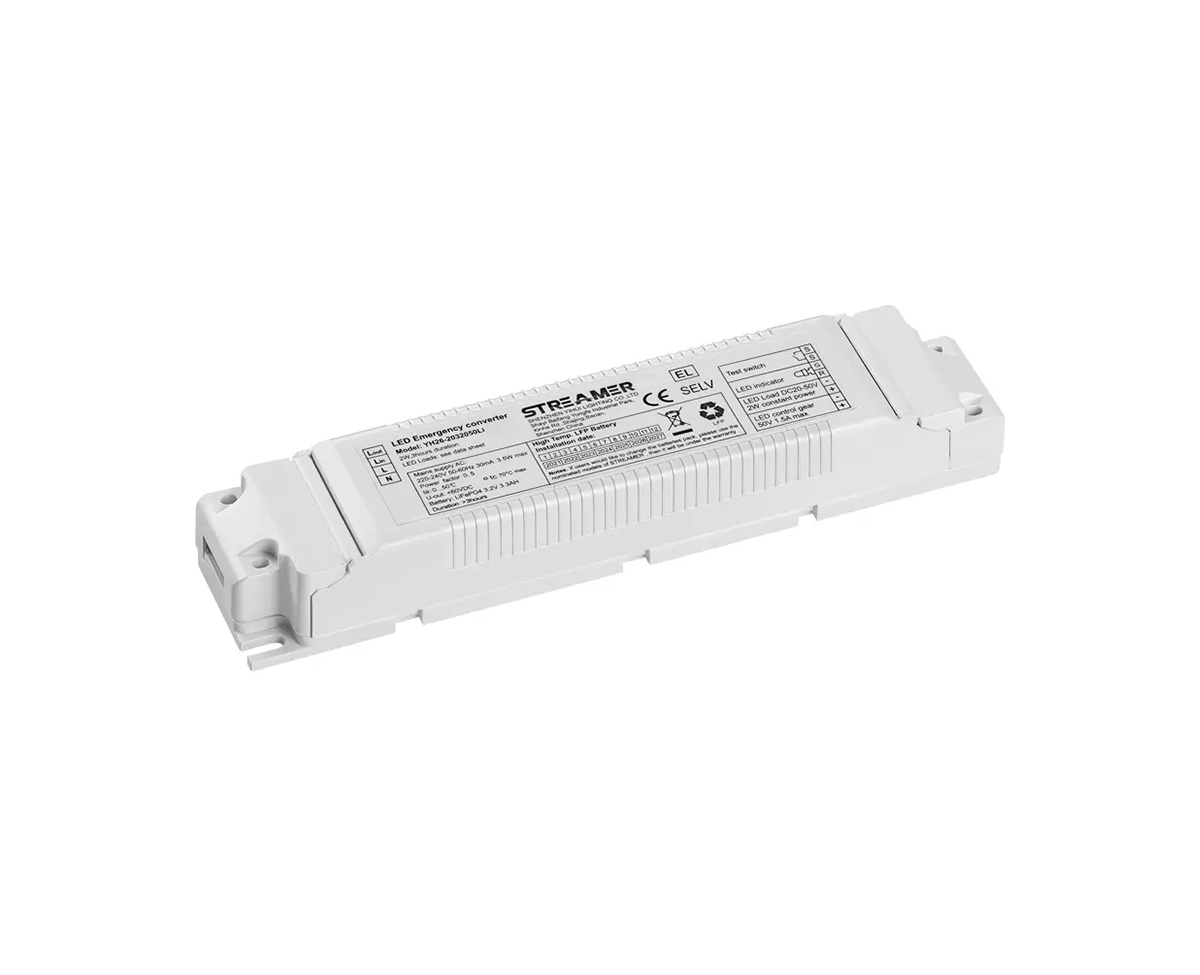 1
1
 Mar 03, 2025
Mar 03, 2025

LED emergency power systems are characterized by several important parameters that determine their performance and suitability for different applications.
One of the key parameters is the battery capacity. This is typically measured in ampere - hours (Ah) or watt - hours (Wh). A higher - capacity battery can store more energy, enabling the LED emergency power system to provide backup lighting for a longer duration. For example, in a large commercial building where emergency lighting may be required for several hours during a power outage, an LED emergency power system with a high - capacity battery, such as a 12 - volt, 10 - Ah lead - acid battery, would be more suitable.
The charging time is another important parameter. It indicates how long it takes for the battery to be fully charged from a discharged state. Faster - charging LED emergency power systems are more convenient, as they can quickly restore the battery's capacity in case of a power failure. Some advanced systems use high - efficiency charging circuits that can reduce the charging time significantly.
The output voltage and current of the LED emergency power system are also crucial. The output voltage must match the requirements of the LED lights it is powering. Most LED lights operate at low DC voltages, typically in the range of 12 - 48 volts. The output current should be sufficient to drive the LED lights at their rated brightness. For example, if an LED light requires a current of 0.5 amperes to operate at full brightness, the LED emergency power system must be able to supply at least this amount of current.
The efficiency of the LED emergency power system is also a significant parameter. It represents the ratio of the useful output power (the power delivered to the LED lights) to the input power (the power consumed from the battery or the primary power source during charging). A higher - efficiency system wastes less energy, which not only extends the battery's runtime but also reduces the overall power consumption.
Moreover, the lifespan of the battery and the overall system reliability are important parameters. The battery lifespan is affected by factors such as the number of charge - discharge cycles, the operating temperature, and the charging and discharging conditions. A reliable LED emergency power system should be able to operate consistently for a long time, providing backup lighting whenever needed without experiencing frequent failures. These parameters are carefully considered when selecting an LED emergency power system for different applications, whether it's for a small office, a residential building, or a large industrial facility.